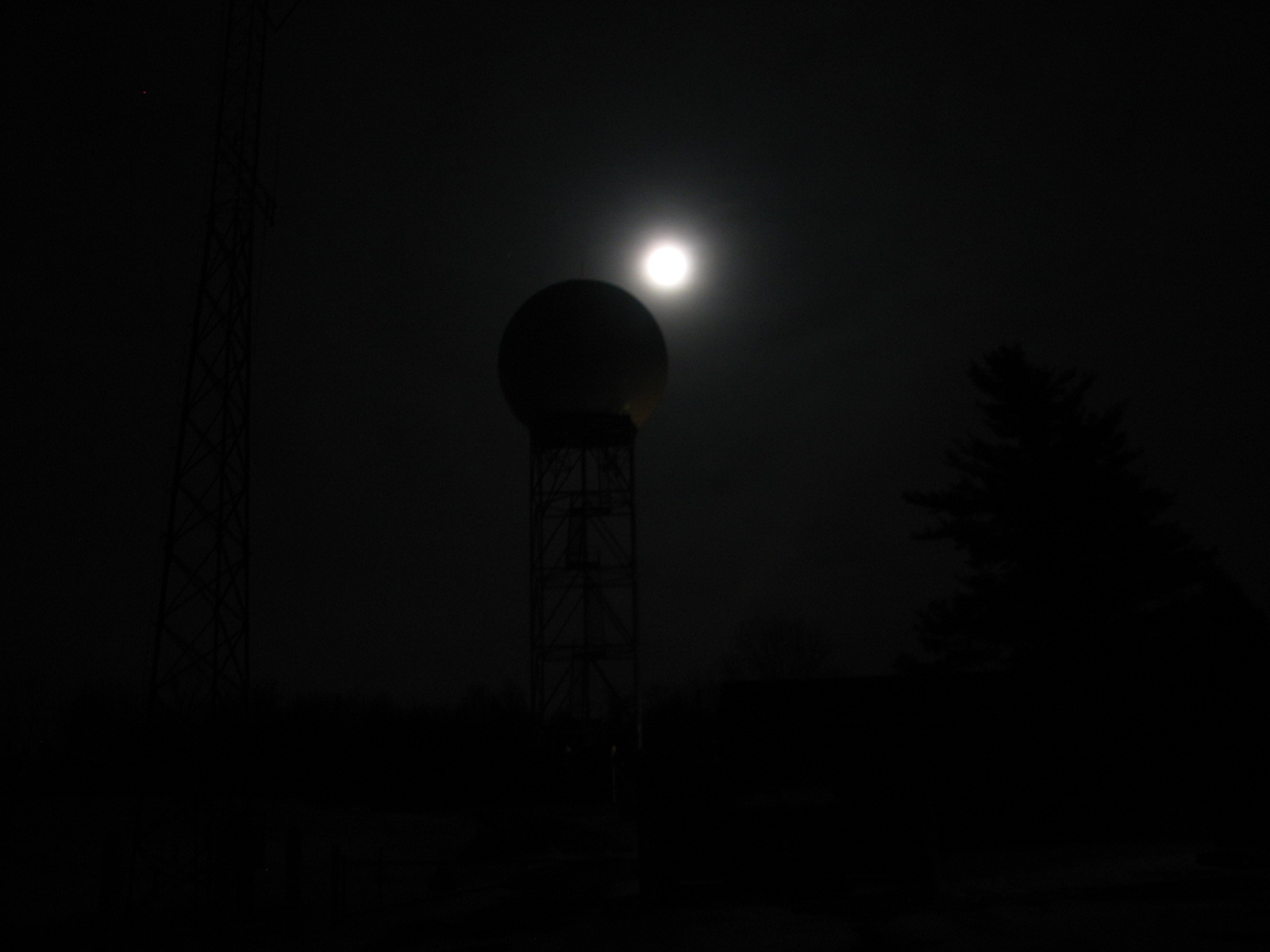 |
Did the moon seem especially big and bright on the evening of January 29th, 2010? Well if you thought it did, you would be correct! The full moon that occurred on January 29th is known as a Wolf Moon. It is not called this because of a popular book and movie series, but it does get its name because of wolves. The name is attributed by many to the Native Americans, who believed that hungry wolves would howl at the full moon on cold, clear winter nights. The first full moon of January has been named a Wolf Moon because of this story.
But why was it so bright and big? The moon does not orbit the Earth in a perfect circle, but rather in an ellipse. This means that one side of the orbit is closer to the Earth than the other (by about 50,000 km). During just a few times each year, the moon is full when it is at its closest point to the Earth (called its perigee). This makes the moon appear bigger and brighter to those of us fortunate enough to have clear skies and witness it. According to some, the full moon on January 29th was about 30 percent brighter and 14 percent bigger than "normal" full moons. It will turn out to be the brightness full moon of 2010.
For those who were fortunate to view this phenomena, you might have also noticed a small but bright looking reddish feature to the left of the moon. This was actually the planet Mars. According to spaceweather.com, Mars looks bigger through a telescope now than during any period between 2008 and 2014.
Below are several photographs taken of the bright Wolf Moon by amateur photographer and NWS Northern Indiana Meteorologist Sam Lashley. These pictures were taken between 7:00 pm EST and 8:00 pm EST on the evening of January 29th, 2010. Hover over each picture for a brief description and click on each image for a larger picture.
This story compiled from data at www.spaceweather.com and www.space.com.
Story written by Sam Lashley
 |
 |
 |
 |
 |
 |
 |
 |
 |
 |
 |
 |
 |
 |
 |